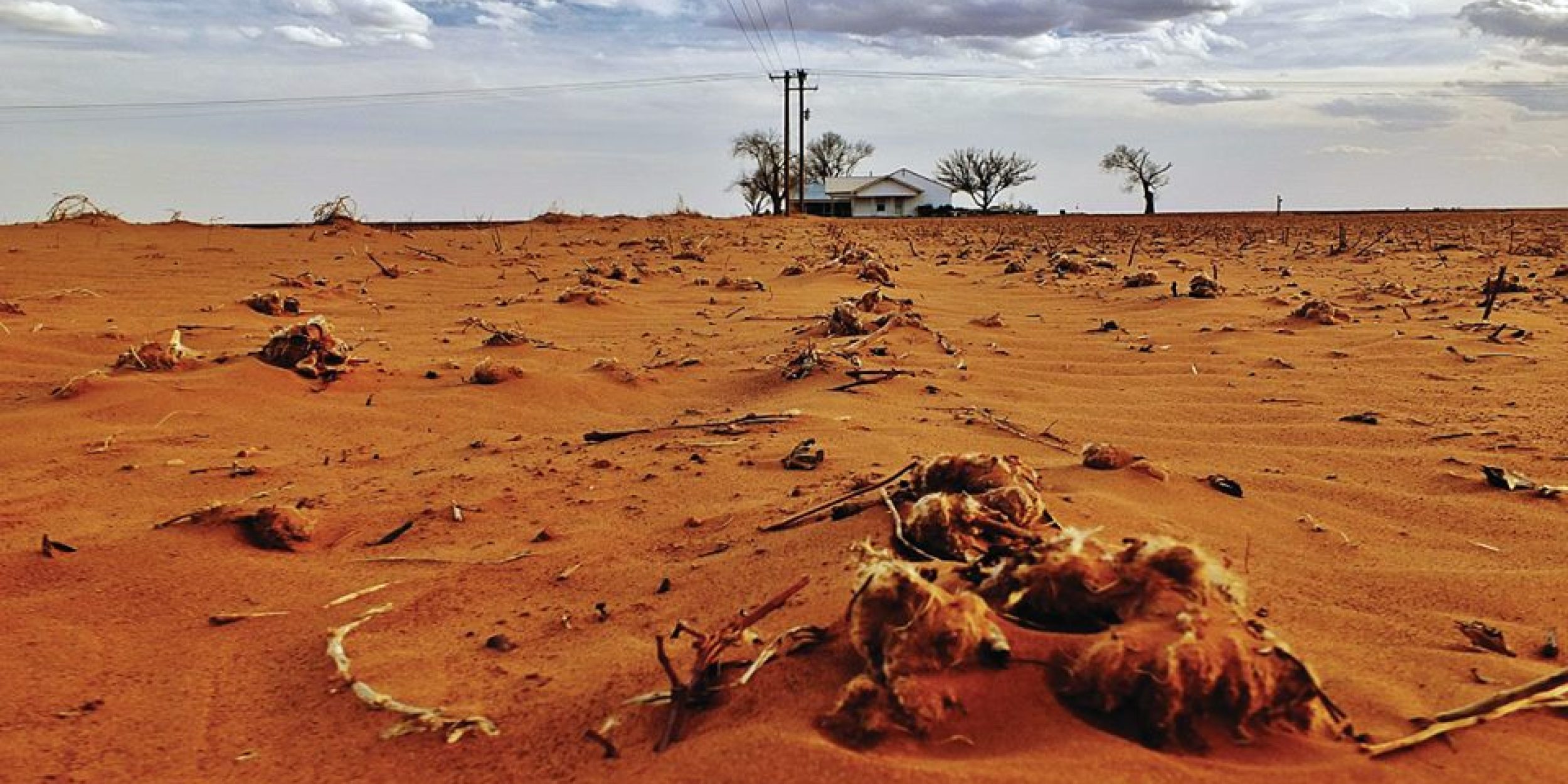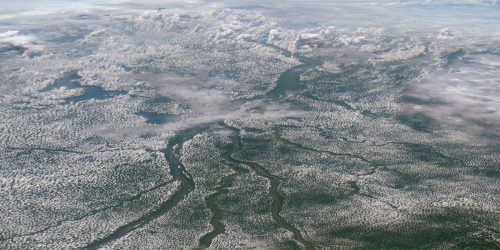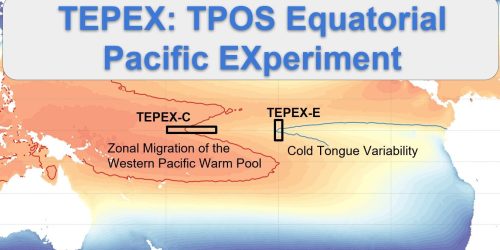Drought affects every state in the U.S. Its impacts cut across economies and the environment and can last for years. Since 1980 more than 20 drought events have cost the nation at least $1 billion each, according to the National Center for Environmental Information’s “Billion-Dollar Weather and Climate Disasters” listing.


The 2012 drought was the most extensive since the 1930s, affecting more than half the country for most of the year. Costs were at least $31 billion. Impacts from 11 more drought events have tallied costs between $5 billion and $29 billion.
Recently, long-term drought has deeply affected California, where drought conditions have been intensifying since 2011. In 2014, drought there and in the Southern Plains cost the nation more than $4 billion. In spring of 2015, record rains wiped out drought in Oklahoma and Texas, but alleviation of conditions in California remains unlikely for the rest of the 2015.
Against this background, the NOAA-led National Integrated Drought Information System (NIDIS) in June 2015 has funded the Drought Risk Management Research Center (DRMRC), at the National Drought Mitigation Center (NDMC) at the University of Nebraska-Lincoln. It will be administered through CPO’s Sectoral Applications Research Program (SARP).
The center will focus on research to improve drought monitoring, impacts assessment and risk management in close partnership with NIDIS and its federal, state, tribal and local partners, domestically and internationally. These efforts will advance preparedness for drought events and contribute to mitigation of its impacts.
“The formation of the Drought Risk Management Research Center strengthens NOAA and the federal-state partnerships that help to make the nation more resilient to drought,” said Roger Pulwarty, director of NIDIS. “It will fill a vital role in linking the best available research, data and information to states and communities as they plan for and cope with the impacts of this pervasive hazard.”
“I was very pleased to learn that we’ll be the home of the new Drought Risk Management Research Center,” said Michael J. Hayes, director of the NDMC. “This will solidify a long-standing relationship between NOAA, NIDIS, and the NDMC. The emphasis on research will help us address critical needs related to drought monitoring, impact assessment and planning strategies. One of our goals will be to help states and other entities learn from each other based upon what they have experienced, such as what is happening across the West right now, and become more resilient to droughts in the future.”
The DRMRC will conduct research and applied studies to:
- help to develop improvements to the U.S. Drought Monitor and supporting products and tool;
- engage and integrate socio-economic information across all scales of drought preparedness and impacts;
- advance the societal and economic benefits of regional drought early warning systems;
- advance innovations in planning for drought, including incorporating drought information into multi-hazard mitigation planning; and
- help to communicate and coordinate drought-related activities across the NIDIS partner network.
NIDIS provides dynamic and easily accessible drought information for the Nation. NIDIS supports drought research focusing on risk assessment, forecasting, management, and development of decision-support resources. “Coping with Drought,” grants competitions are administered through the Climate Program Office’s RISA and SARP programs.
For more information contact NIDIS at nidis.program@noaa.gov and NDMC at ndmc@unl.edu.










